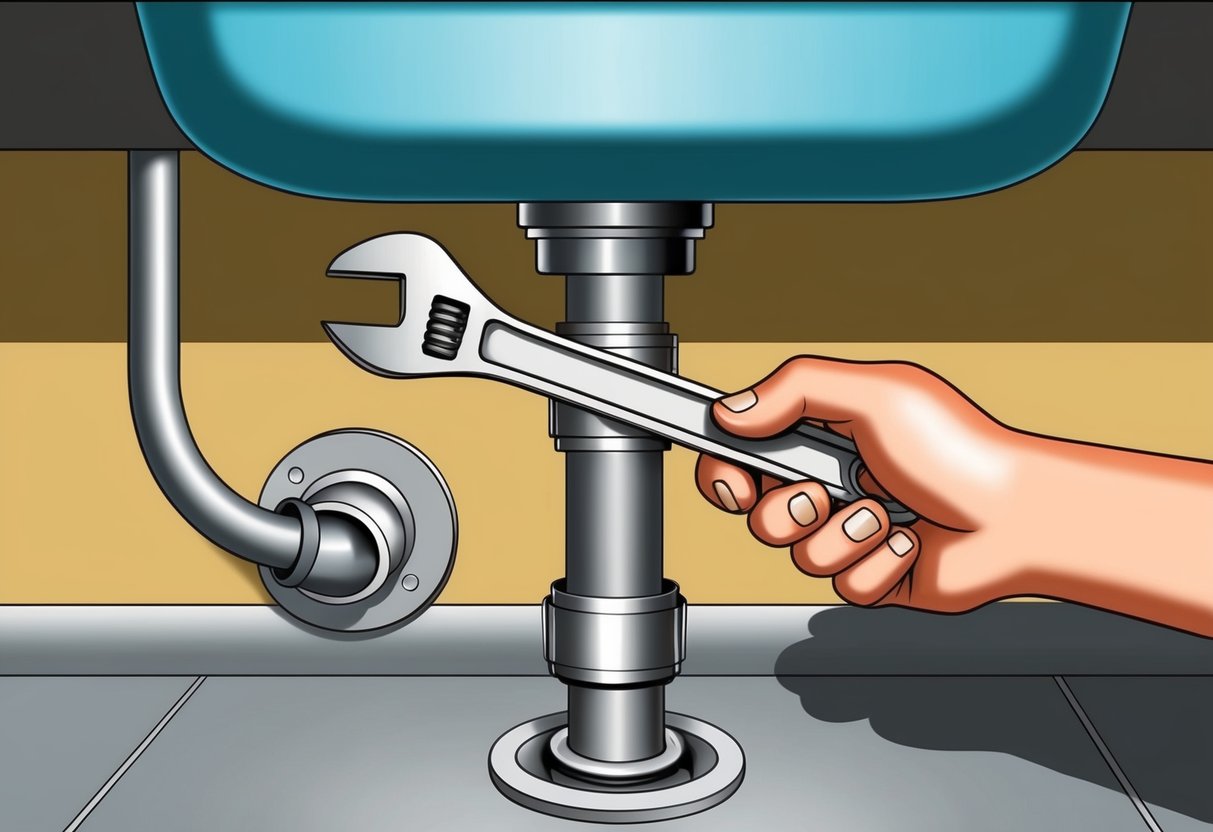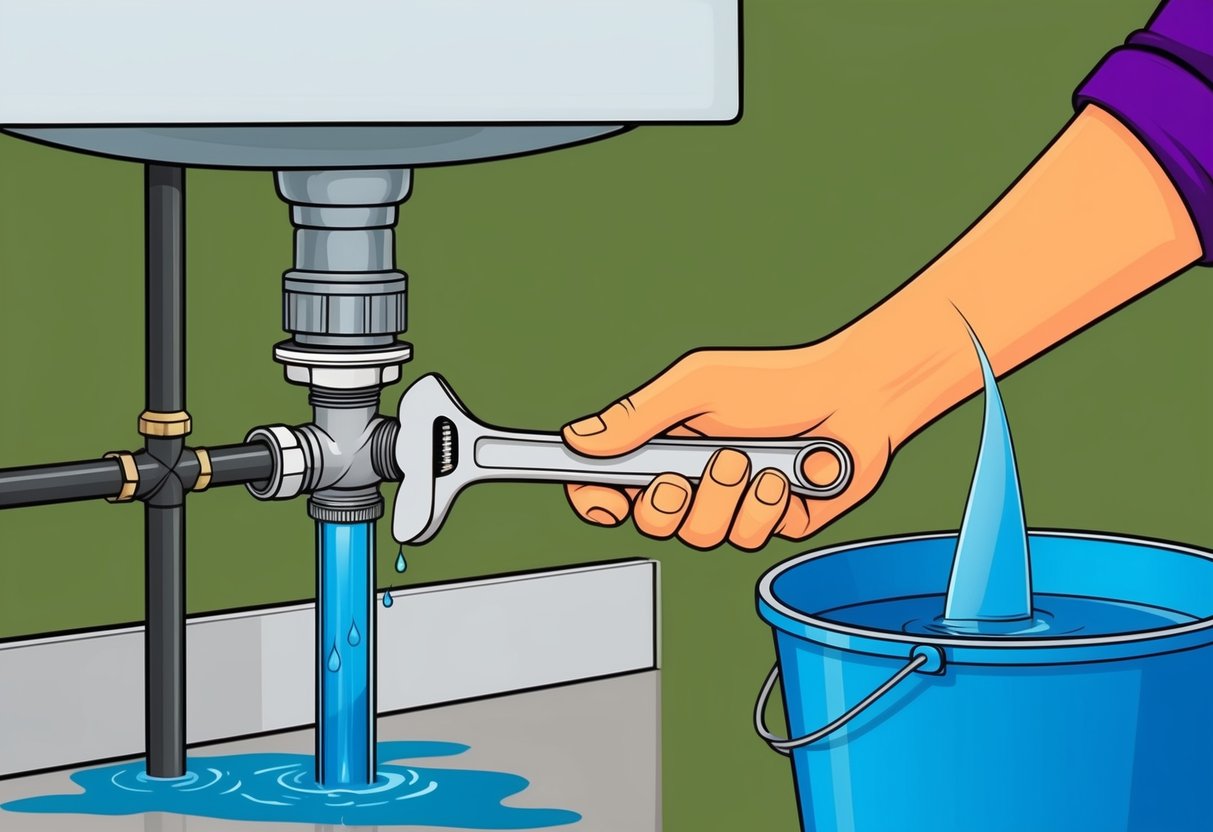
Finding and Fixing Minor Pipe Leaks
Even small pipe leaks can lead to water waste, property damage, and higher utility bills. Knowing how to track down and address minor pipe leaks quickly saves money and prevents larger plumbing problems.
Spotting Hidden Leaks
Detecting a hidden pipe leak early helps limit potential water damage and repair costs. Homeowners should watch for warning signs such as musty odors, unexplained damp spots, peeling paint, or an unexpected spike in the water bill.
It’s helpful to regularly inspect areas near sinks, toilets, and appliances for pooled water. Running the fingers along exposed pipes can reveal moisture or condensation that may indicate a slow leak.
A good practice is to check your water meter. After turning off all water-using fixtures, a moving meter dial suggests you have a leak somewhere in the plumbing system.
Pinpointing the leak can be done by examining pipe joints and connections closely. Documenting any small puddles, drips, or wall discoloration can also help identify trouble spots.
Temporary Solutions for Cracked Pipes
Fixing a minor crack or leak doesn’t always require immediate pipe replacement. Homeowners can apply quick, temporary fixes using materials available at most hardware stores.
A pipe repair clamp or strong plumber’s tape is a practical first step. To use these, turn off the water supply and dry the area around the leak.
Wrap rubber (from a hose or sleeve) over the crack, and secure it tightly with a clamp for a temporary seal. For hairline cracks or pinholes, epoxy putty is often recommended.
Knead and apply the putty directly over the leak, pressing it into the gap for a watertight barricade. Epoxy is especially handy when the pipe is in a hard-to-reach spot.
More details on these pipe leak repair methods, such as pipe plugs and wraps, can be found in this guide to fixing a leaky pipe without replacement.
Toilet Troubles: DIY Repairs

Toilets can develop problems that disrupt daily routines, but most issues are straightforward to repair using common tools and supplies. Addressing these problems quickly can prevent water damage, keep costs down, and extend the life of bathroom fixtures.
Handling Running Toilets
A running toilet wastes water and raises utility bills. The most common cause is a faulty flapper or an issue with the fill valve.
Homeowners should start by removing the tank lid and inspecting the flapper for wear or improper sealing. If it doesn’t seal tightly, replacing it usually fixes the problem.
Sometimes, the chain connecting the flush handle to the flapper is either too long or too short. Adjusting the chain length ensures the flapper sits correctly over the flush valve.
Another possible culprit is the fill valve; if water continues to flow after the flapper closes, adjusting the float or replacing the fill valve may be required. For more tips and clear instructions, check out solutions to common toilet problems.
Unblocking Toilet Clogs
Clogged toilets are a frequent hassle in busy households, but many blockages can be cleared without calling a plumber. A high-quality plunger is often the most effective tool.
Using a flange plunger, place it over the drain and pump with steady force to create suction and dislodge the clog. For stubborn clogs, a toilet auger can break up or retrieve debris that a plunger misses.
Pouring a bucket of water quickly into the bowl can sometimes help push through partial clogs, but avoid flushing repeatedly, as this may overflow the toilet. Natural solutions like baking soda and vinegar can help with minor buildup, though they may take time to work; see more ways to unclog toilets at home for step-by-step advice.
Remember to wear gloves and have cleaning materials handy when tackling messy blockages.